by Anthony Murisco, Public Engagement Librarian
On Monday, February 5th, we kicked off the eighth annual “Color Our Collections!” This initiative asks libraries, museums, and other cultural institutions to submit coloring books based on their collections. These coloring books don’t just live on our site for that one week; you can access them whenever you want! Over the years we have collected over 800 free coloring books for everyone to enjoy.
Maybe you need an excuse to color? Well, besides just being a fun activity, coloring has been shown to provide other benefits. Research has shown that it makes your brain feel a sense of relaxation. You don’t have to be an artist to break out crayons or colored pencils. The “low stakes” nature of the activity lets you enjoy it more. There may also be the subconscious thought of nostalgia lingering as you color; this used to be something you enjoyed! These factors combine to provide therapeutic effects to coloring (though it is important to keep in mind “therapeutic” is not the same as actual therapy!).
For the NYAM coloring book this year, we chose images of what it was like to be healthy in the 19th and 20th centuries. “Living Well in the 19th and 20th Century” shows activities meant to relax and help people taking care of one another, a woman ready for a bike ride, and acquaintances stopping to shoot the breeze on the grass. These are just some routes that you may take when practicing your own wellness routines.
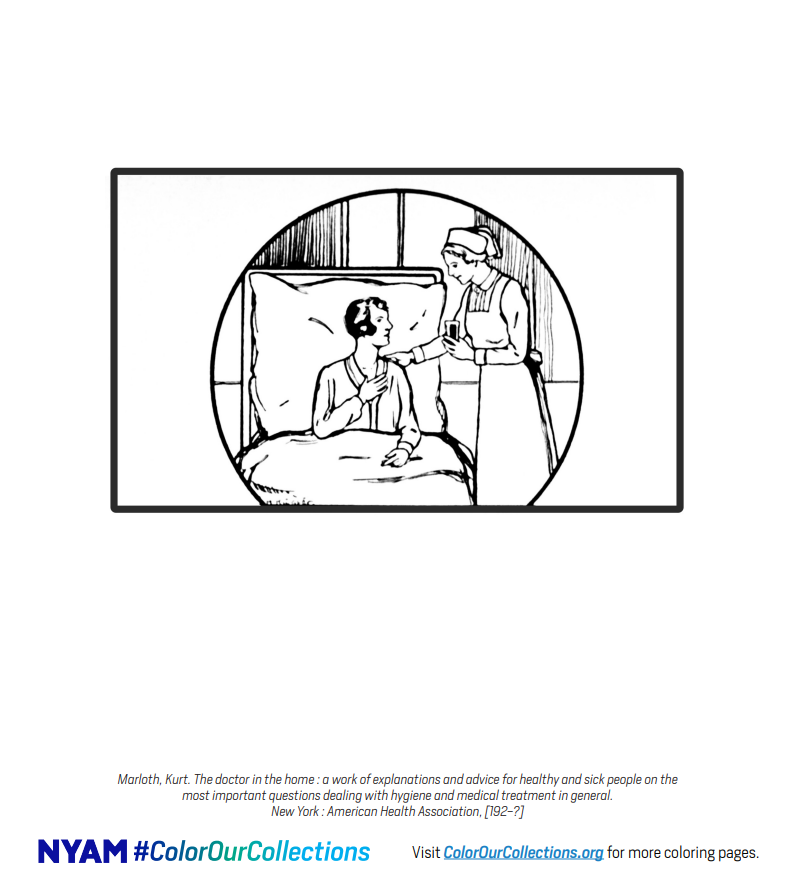
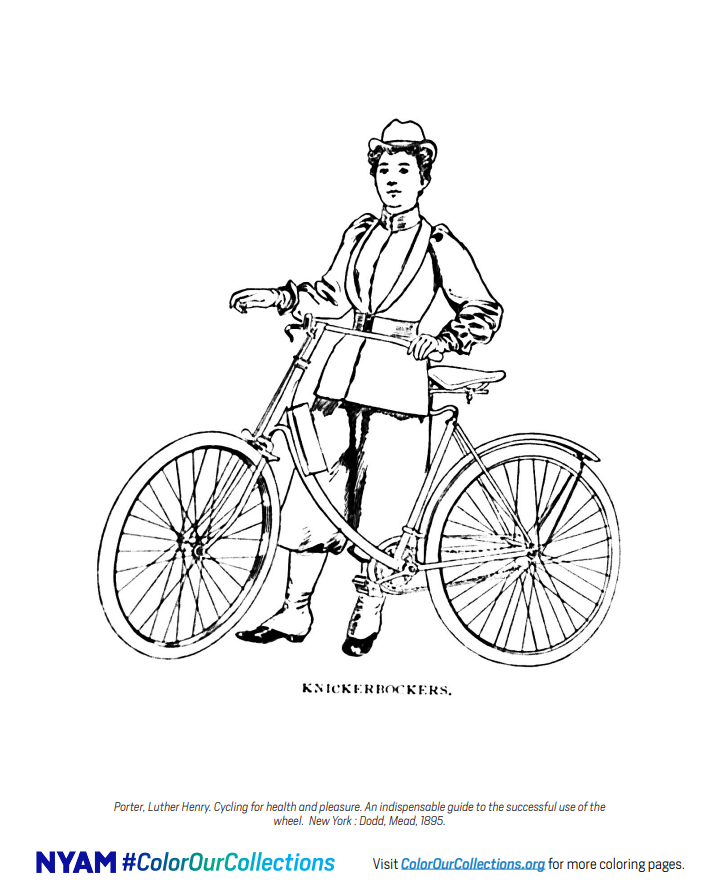
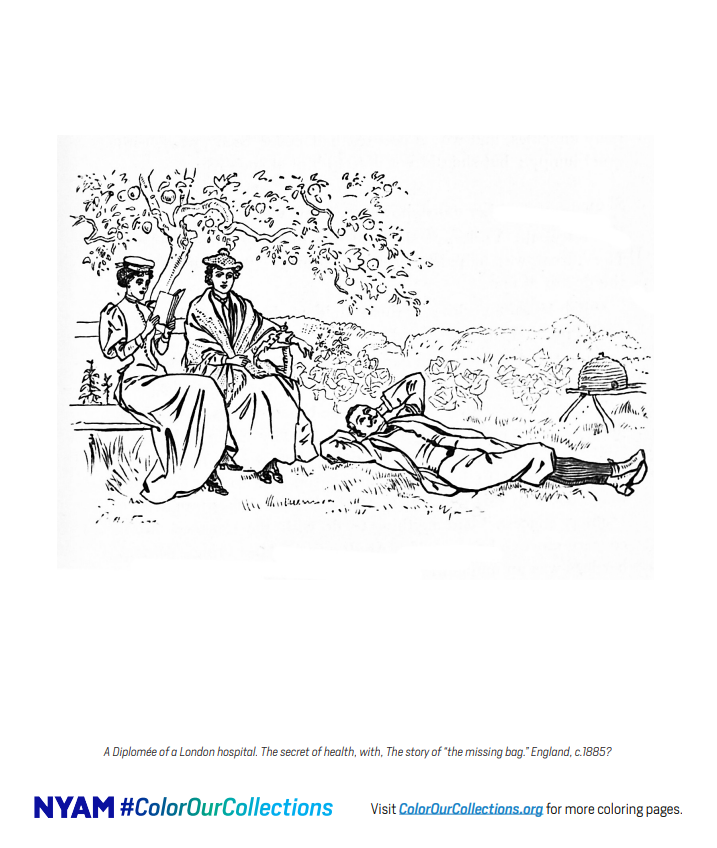
You can use the hashtag #ColorOurCollections to show off your own work and see what others are doing.
A huge thank-you to our colleagues worldwide who have contributed coloring books to the collection. We couldn’t do it without you!
References:
Ali, Shainna. “Are Adult Coloring Books Actually Helpful?” Psychology Today, 27 Mar. 2018, http://www.psychologytoday.com/us/blog/modern-mentality/201803/are-adult-coloring-books-actually-helpful, accessed February 5th, 2024.
“3 Reasons Adult Coloring Can Actually Relax Your Brain.” Cleveland Clinic healthessentials, 26 May 2020, http://health.clevelandclinic.org/3-reasons-adult-coloring-can-actually-relax-brain, accessed February 5th, 2024.




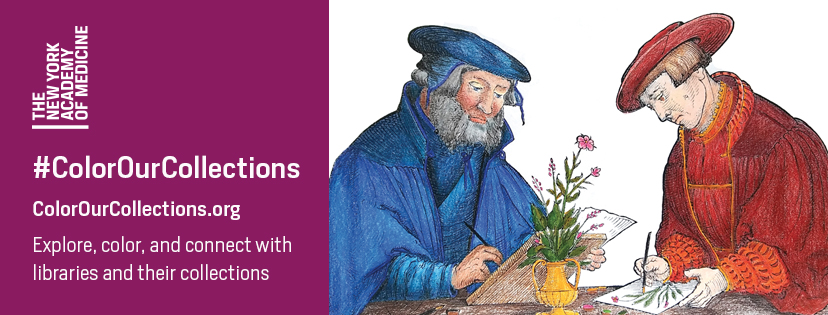


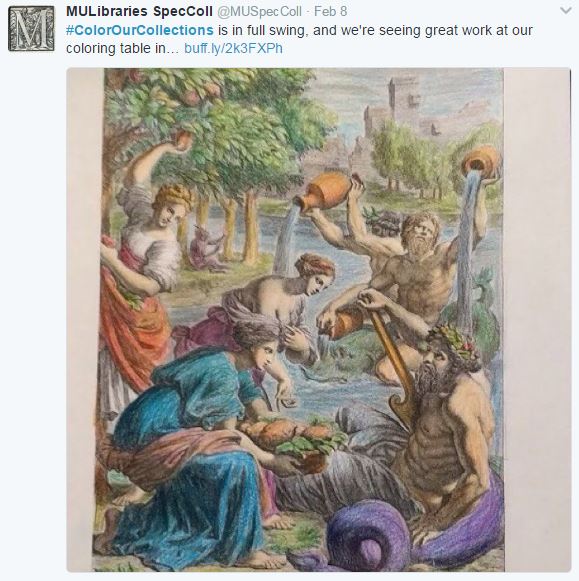
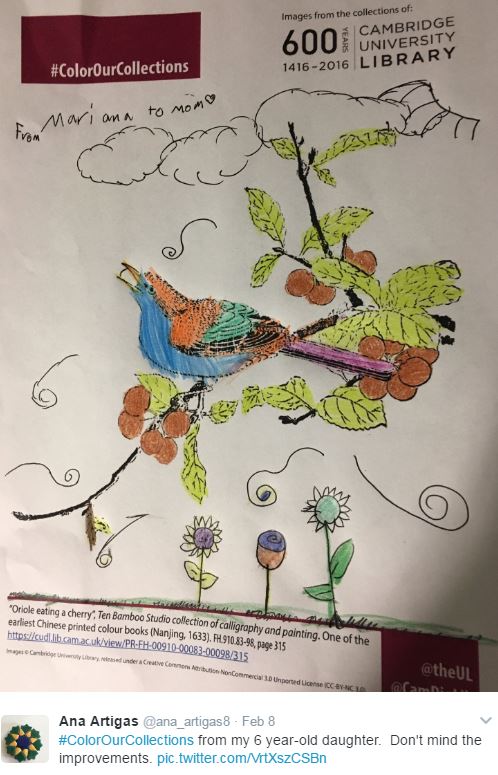
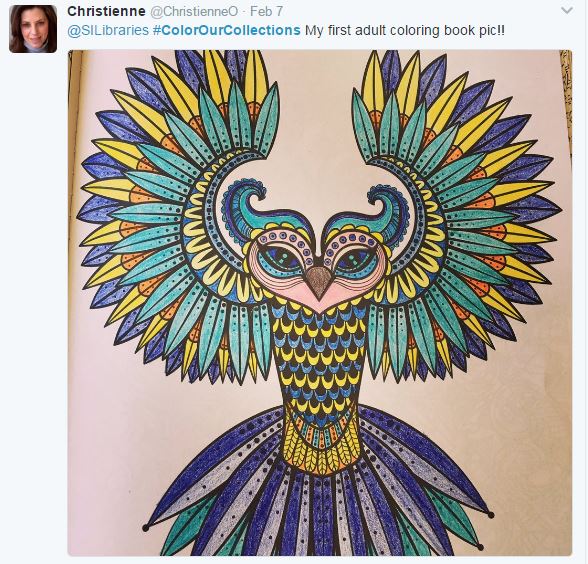





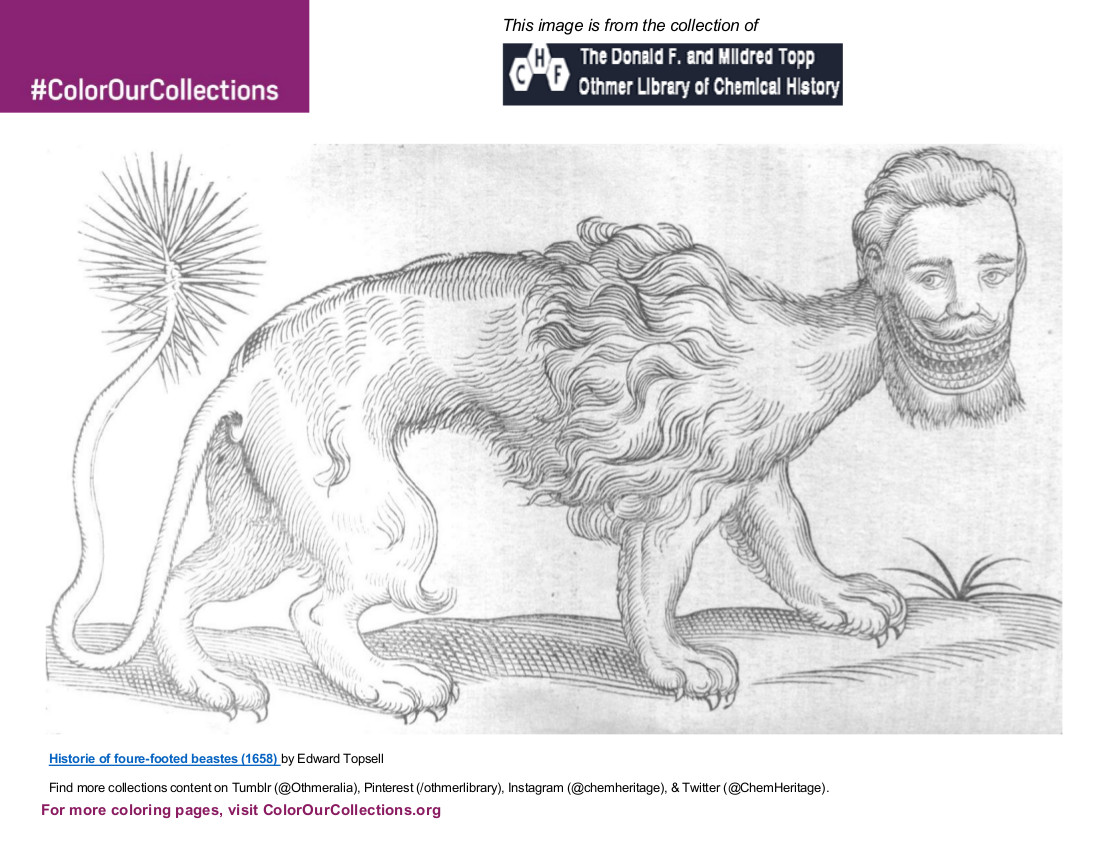



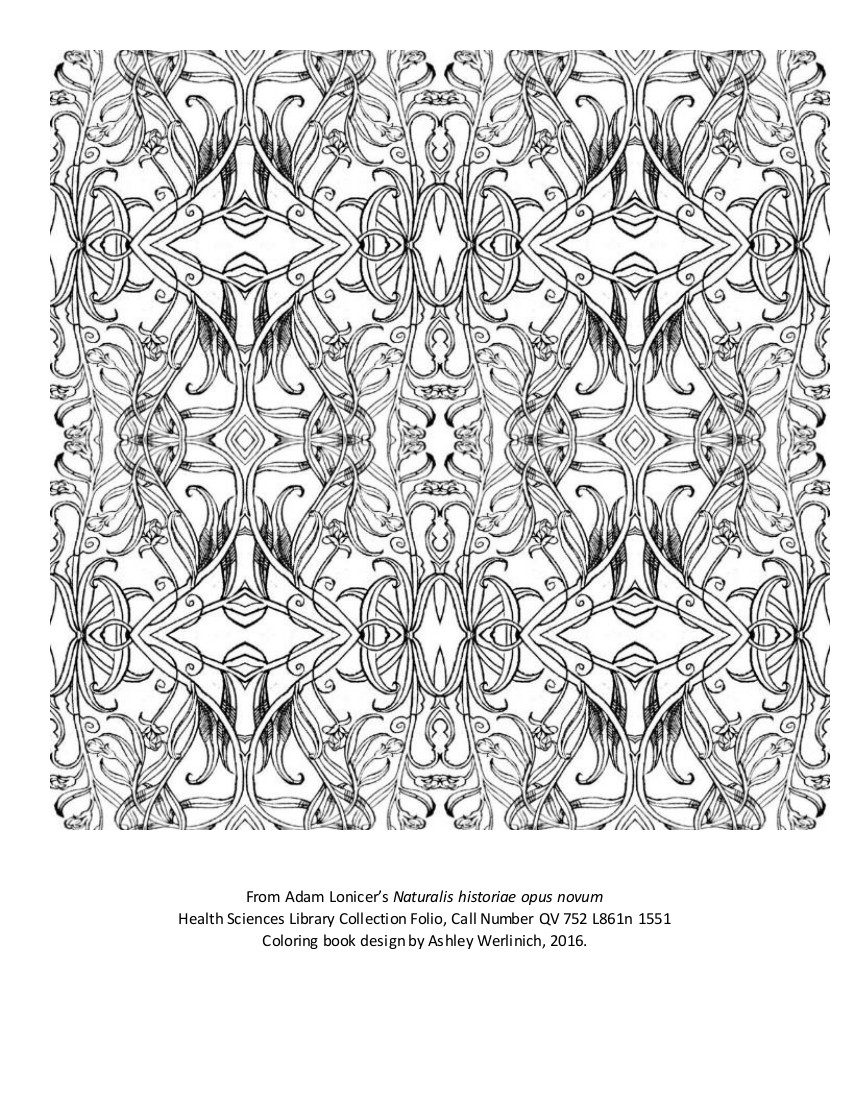
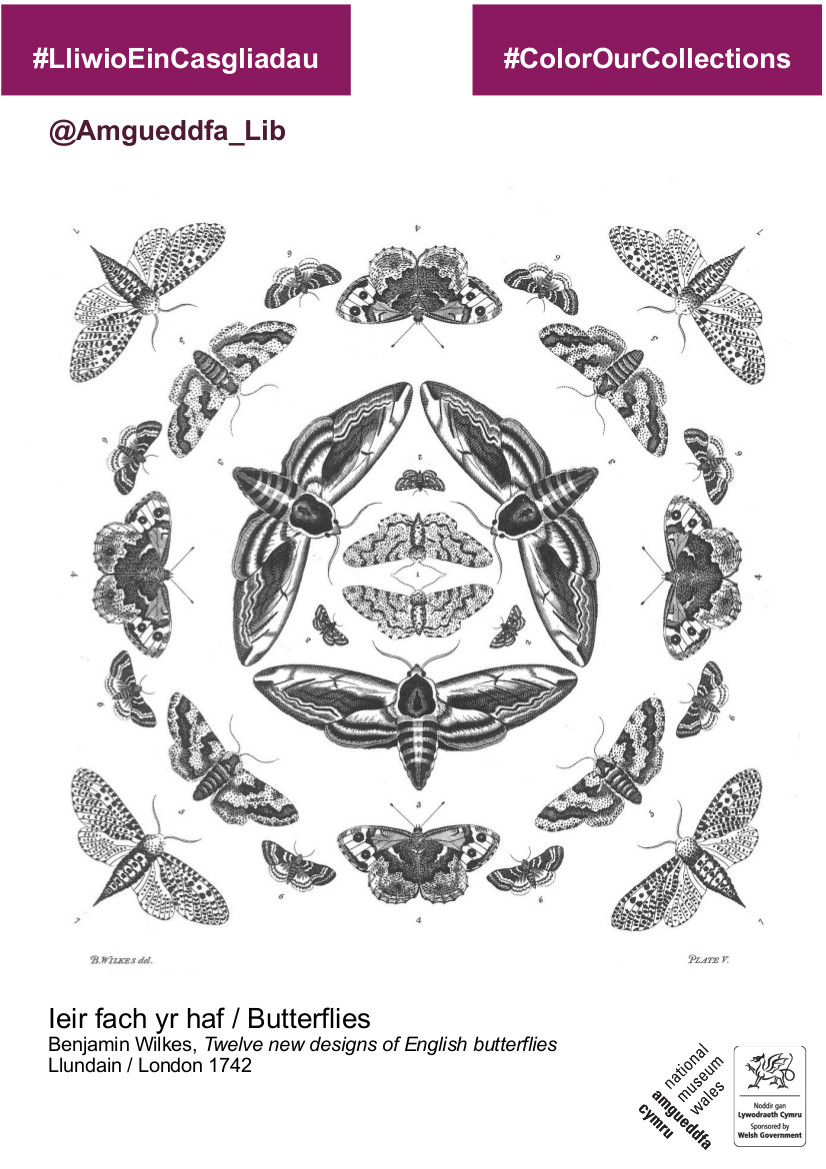



 Elizabeth was not only responsible for the drawings themselves, but did the engravings of the drawings on copper plates for printing. In many copies, she hand-colored every single plate. The images were first published at a rate of four a week, beginning in 1737, but through her own connections and market-savvy, she soon secured a book deal. With the profits, Elizabeth was able to secure Alexander’s release from Highgate Prison, though their reunion was temporary (later he was put to death in Sweden for treason, though that is another story).
Elizabeth was not only responsible for the drawings themselves, but did the engravings of the drawings on copper plates for printing. In many copies, she hand-colored every single plate. The images were first published at a rate of four a week, beginning in 1737, but through her own connections and market-savvy, she soon secured a book deal. With the profits, Elizabeth was able to secure Alexander’s release from Highgate Prison, though their reunion was temporary (later he was put to death in Sweden for treason, though that is another story).









![[Rappresentazione zodiacale in tre quadri consecutivi]. Image ID: 425361. Courtesy of the New York Public Library](https://nyamcenterforhistory.files.wordpress.com/2016/02/nyplcolor16gk-page-012.jpg?w=584)

